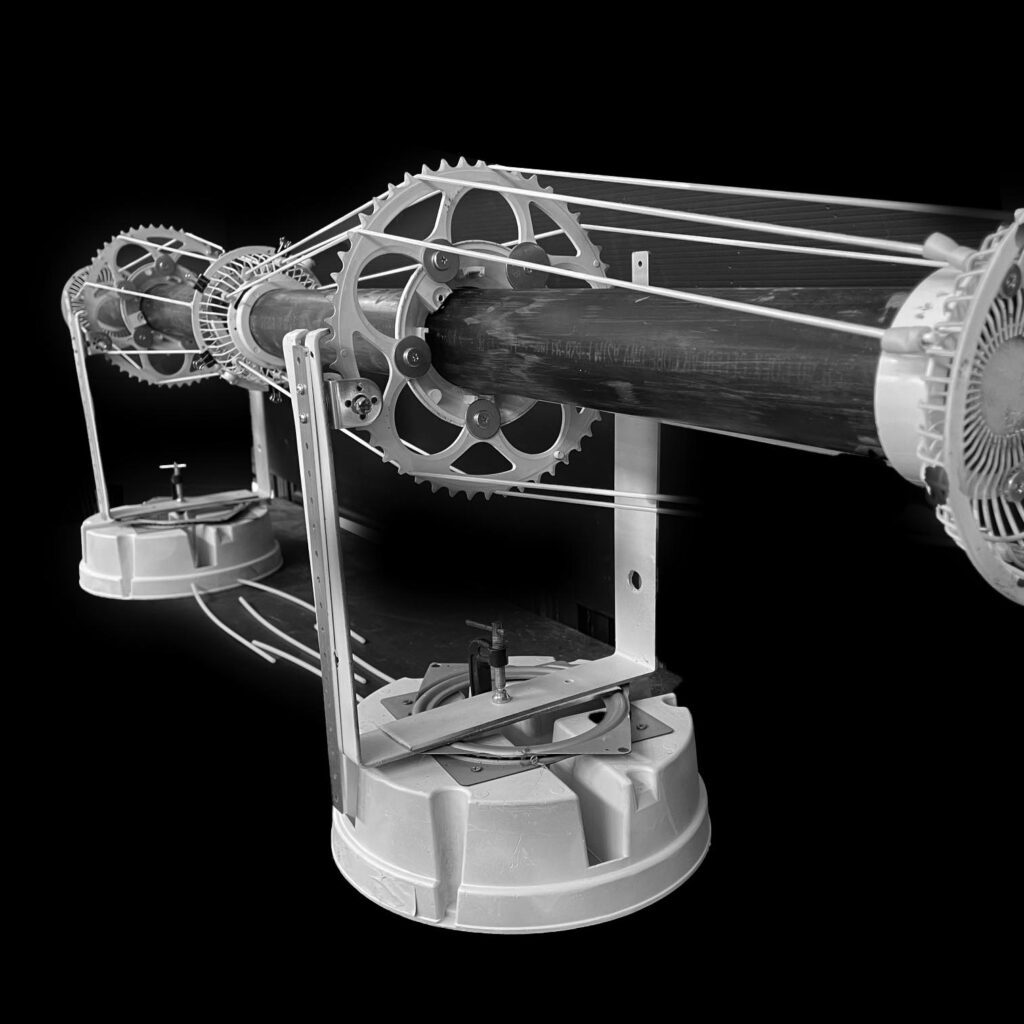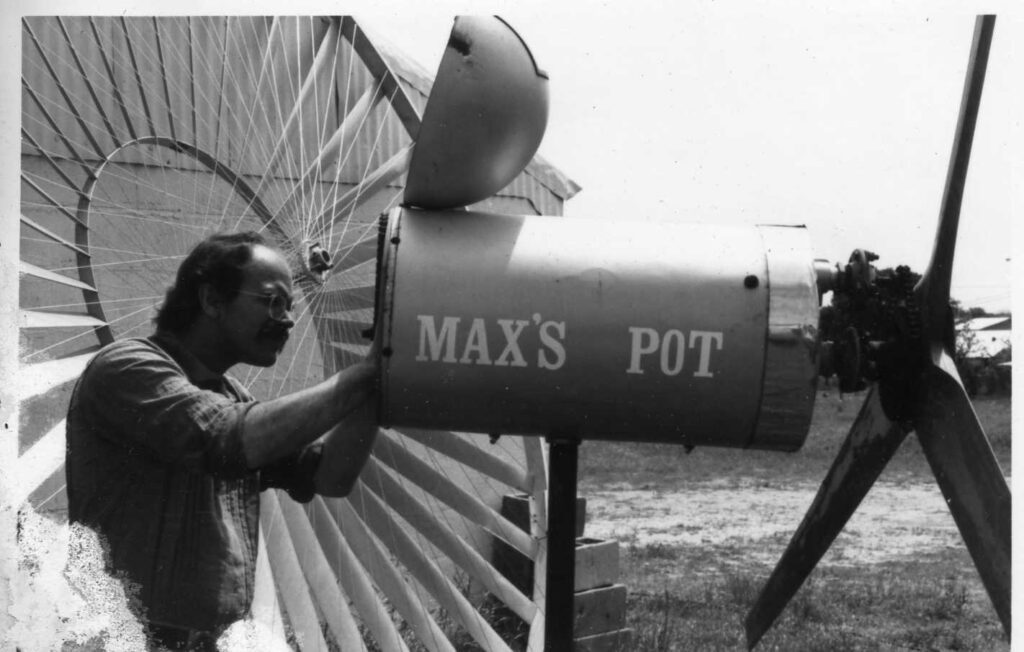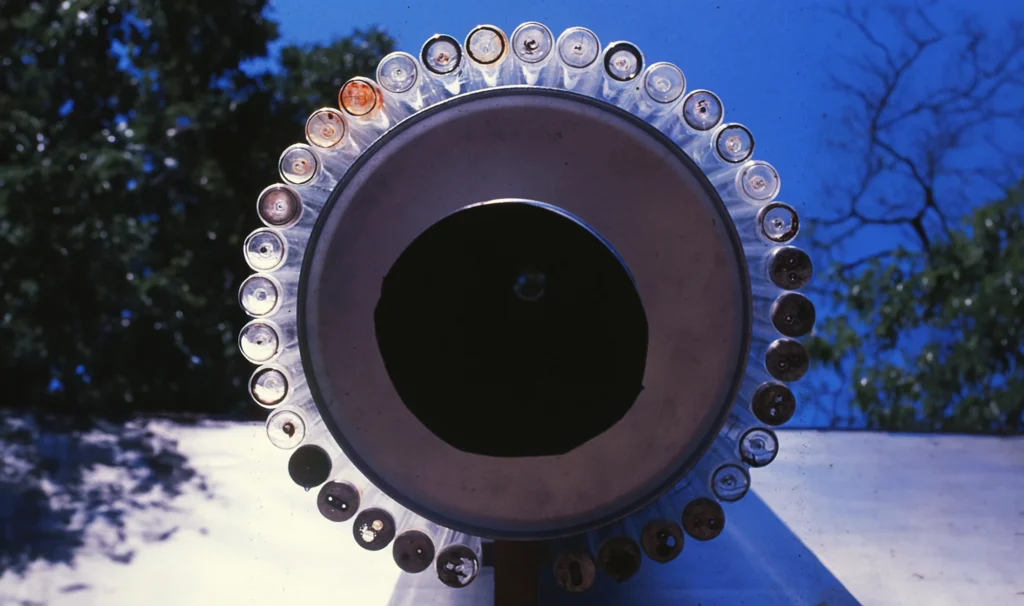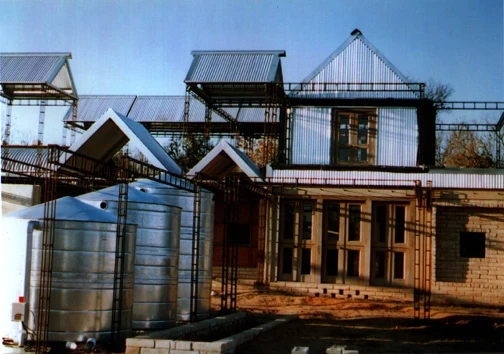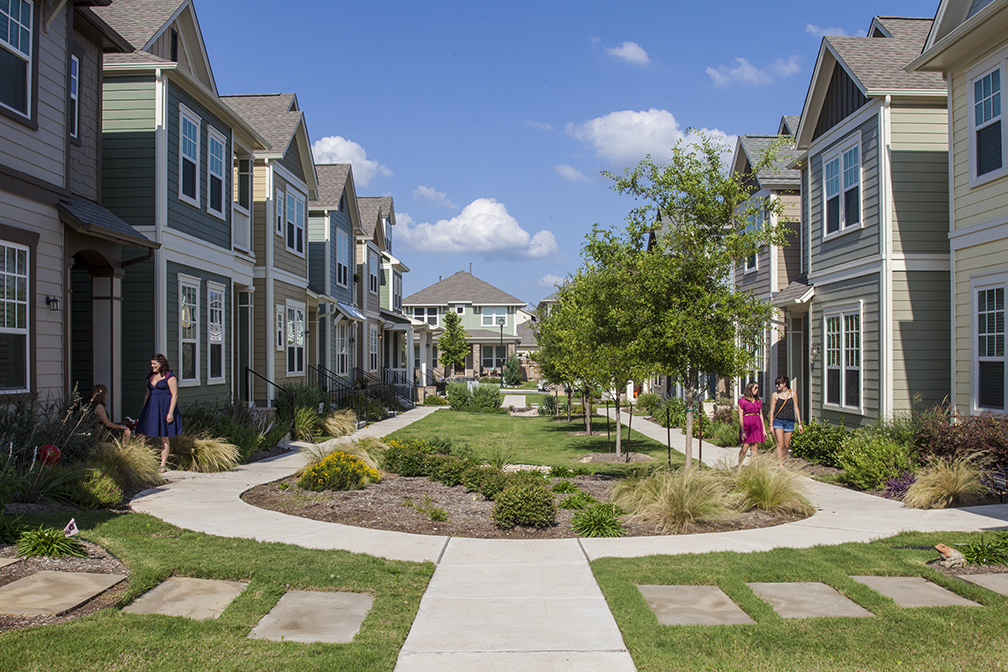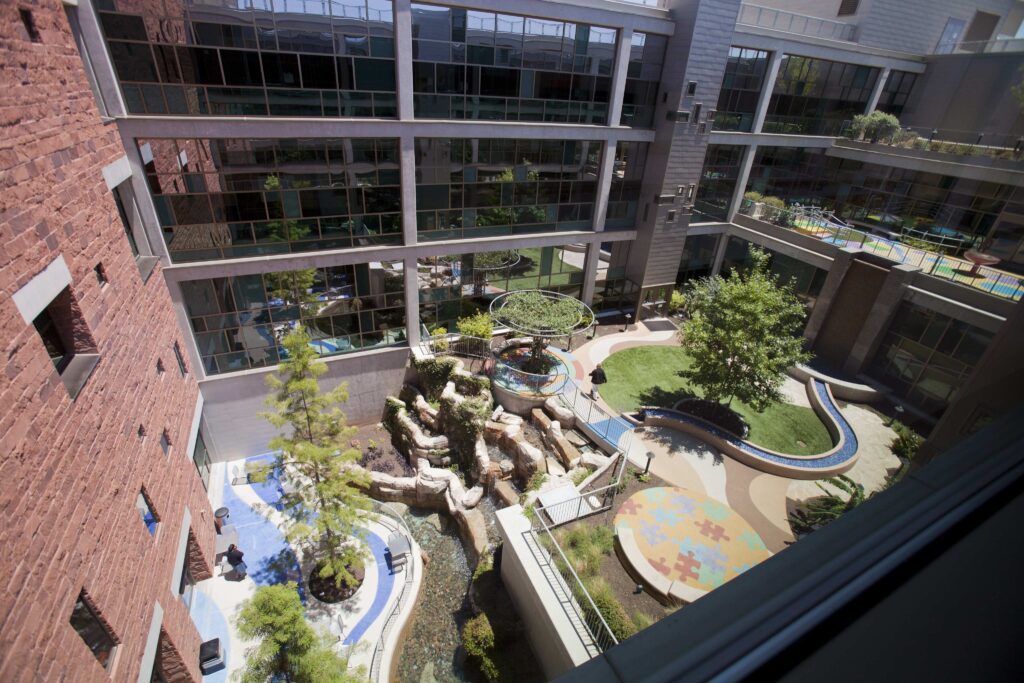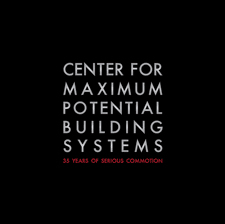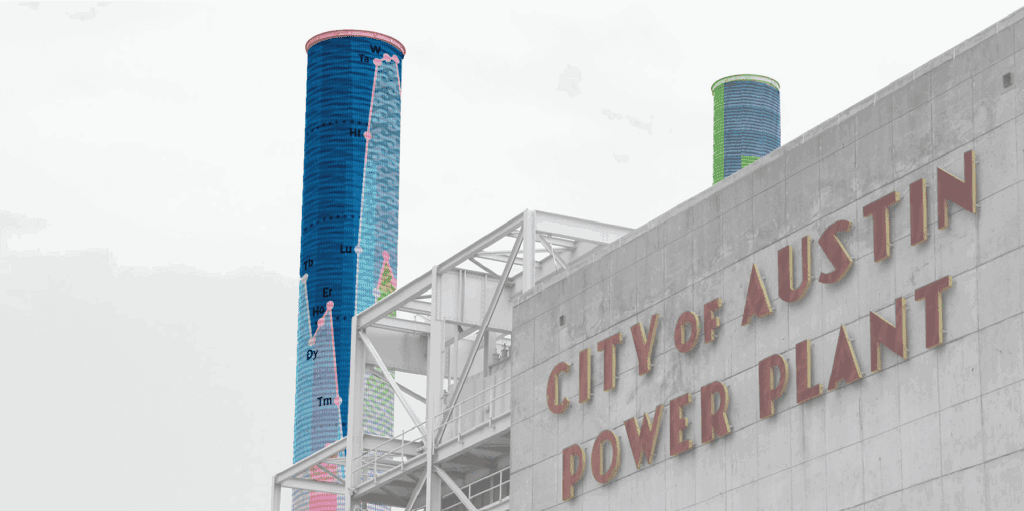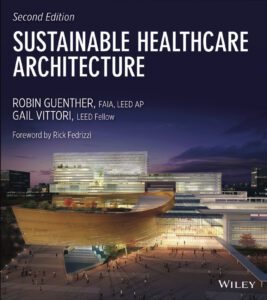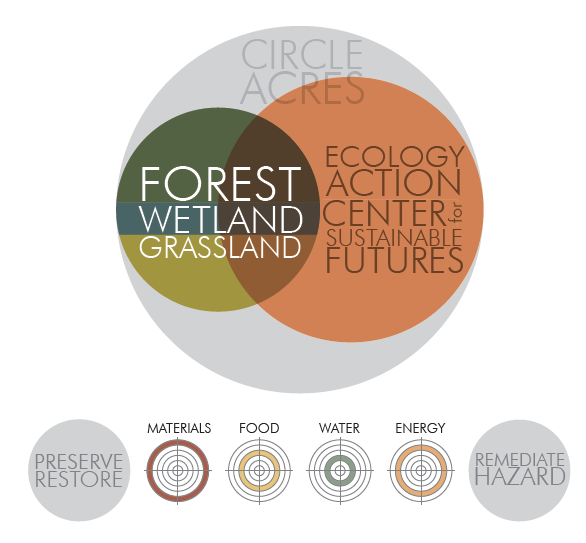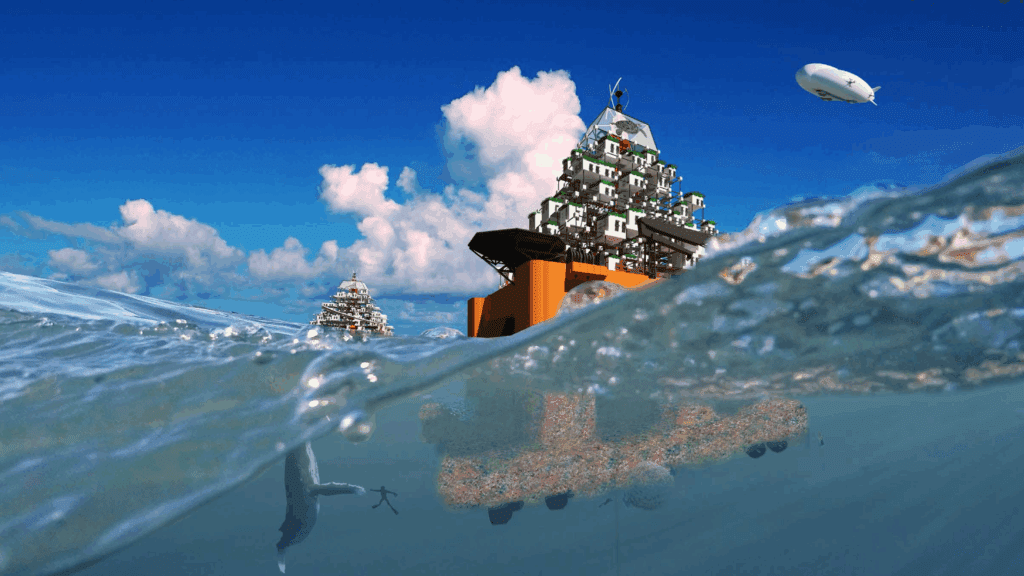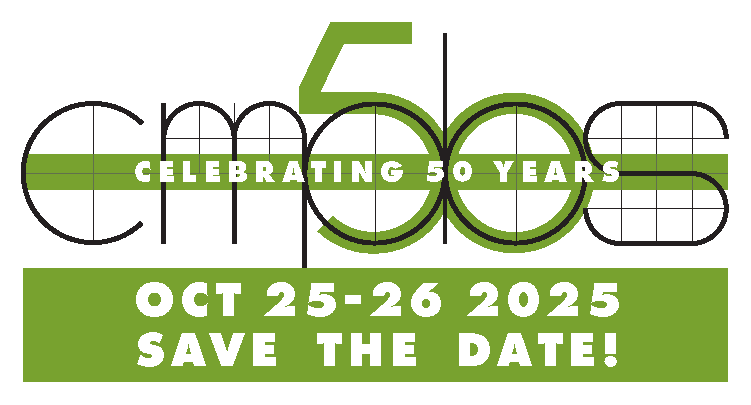Project Background
2024
Concept
Bridges around the world have the opportunity to combine physical and biological filters, as well as other innovative technologies, to treat polluted water and contaminated soils.

Living bridges can reverse water quality degradation and habitat loss
The River Treating Bridge, originally conceptualized at CMPBS in 2011 as part of a green mobility challenge, was rejuvenated after the Baltimore bridge collapse in 2024.
Roughly 46,000 US bridges are in need of repairs, with 17,000 at risk of collapsing from a single impact. Additionally, over 700,000 of the assessed river and stream miles in the US are impaired by pollution; most of the river miles have not been evaluated.
This data set demonstrates an opportunity to introduce bridges that clean contaminated water and soil, for which there are limited global precedents. Gap and keystone industries that can be tapped include plastic pollution removal technologies, solar ozonation and biologically active filtration, and controlled use of invasive species for phytoremediation.
46,000 Bridges
in the US are in need of repairs, with 17,000 at risk of collapsing from a single impact
700,000 River Miles
of the assessed US rivers and streams are impaired by pollution; most of the river miles have not been evaluated
Solar Ozonation
combined with physical and biological filters can address pollution, water quality degradation, and habitat loss

